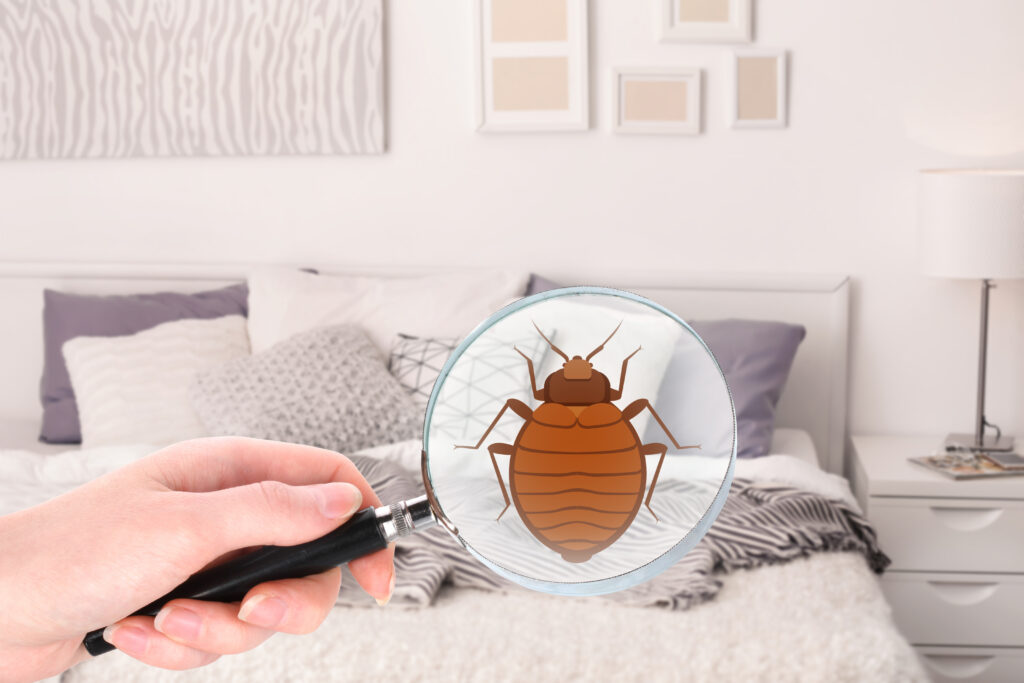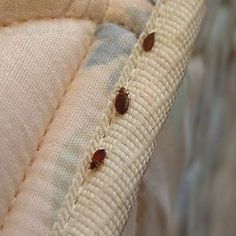Specialist A1 Bed Bug Exterminator in Houston - Efficient Solutions
Recognizing the Lifecycle of Parasites for Targeted Control Approaches
Comprehending the lifecycle of bugs is an essential facet of effective bug monitoring approaches. By understanding the different stages of development that insects undergo, an extra specific and targeted strategy can be taken on to control their populations. This knowledge not only drops light on the vulnerabilities within the bug lifecycle but also leads the way for executing critical procedures that can disrupt their growth and recreation cycles. Through a deeper understanding of exactly how pests evolve and grow, customized control methods can be designed to attend to details factors in their lifecycle, inevitably leading to more effective parasite management outcomes.
Importance of Comprehending Insect Lifecycle
Recognizing the lifecycle of insects is important for creating efficient and targeted control approaches in bug administration. By understanding the numerous stages a bug goes through from egg to adult, insect control experts can identify at risk points in the lifecycle where treatment can be most effective. Knowing when larvae are most active can assist identify the ideal timing for using larvicides. In addition, comprehending the life expectancy of an insect species can help in forecasting populace growth patterns and potential infestation threats.
In addition, acknowledging the certain ecological problems needed for each and every stage of the insect's lifecycle can assist decisions on habitat modification or exemption techniques to interrupt the lifecycle and decrease parasite populaces. This understanding makes it possible for pest administration specialists to apply aggressive measures instead of counting solely on reactive treatments, bring about more lasting and lasting insect control options. Eventually, a detailed understanding of parasite lifecycles equips pest control experts to tailor their strategies properly, optimizing and reducing ecological effects control end results.
Trick Stages in Parasite Development
To successfully implement targeted control methods in parasite administration, a crucial element hinges on thoroughly recognizing and understanding the crucial phases in pest advancement. Bug development normally contains a number of essential stages that are critical for their lifecycle and monitoring. The initial stage is the egg stage, where pests lay eggs that later hatch into larvae. Larvae after that progress into pupae, a stage where they go through transformation prior to becoming adult pests. Comprehending these phases is crucial as it aids in pinpointing weak spots in the lifecycle where control steps can be most efficient.

Susceptabilities in Bug Lifecycle
Throughout the various phases of a pest's lifecycle, unique vulnerabilities emerge that can be tactically targeted for effective control procedures. One important vulnerability hinges on the egg phase, where insects are usually much more at risk to certain insecticides or organic control representatives due to their soft external covering, making them easier targets for intervention. In addition, the nymph or larval stage provides susceptabilities as parasites undergo fast development and growth, requiring high power usage that can be exploited by interrupting their food resources or introducing growth inhibitors. Pupal phases, defined by stability and change, provide a window for targeted control through physical barriers or specific therapies that prevent effective emergence. Grown-up pests, while a lot more resistant due to their reproductive capacity, can still be vulnerable throughout breeding or egg-laying activities, which can be disrupted via scent catches or sanitation techniques. Recognizing these vulnerabilities in the bug lifecycle is crucial for developing efficient and specific control approaches that properly take care of bug populations while reducing ecological effect.
Carrying Out Targeted Control Measures

Applying targeted control steps generally entails a multi-faceted method. This might include habitat alteration to make the environment much less hospitable to bugs, such as removing standing water for mosquito control or securing entry points for see this page rats. Additionally, biological control approaches can be utilized, where all-natural killers or pathogens are introduced to maintain pest populations in check.
Integrated Pest Management (IPM) approaches that integrate various control steps in a collaborated and sustainable way are usually the most reliable in achieving long-lasting pest monitoring goals. By applying targeted control procedures based on a detailed understanding of parasite lifecycles, bug populations can be successfully controlled while reducing dangers to human health and the setting.
Improved Insect Monitoring Practices
Furthermore, the incorporation of organic control agents, such as all-natural killers or pathogens of insects, can aid reduce dependence on chemical pesticides and promote an extra well balanced environment. Applying physical obstacles and traps can also belong to boosted parasite management methods, using safe and targeted options for insect control. In addition, using pheromones and other semiochemicals can interrupt pest mating patterns and interaction, bring about reduced pest populations in time.
Final Thought
By recognizing vital stages in pest growth and susceptabilities in their lifecycle, targeted control measures can be executed to lessen insect populaces. Improved bug monitoring techniques can help reduce the dependence on broad-spectrum chemicals and promote even more sustainable and environmentally pleasant parasite control techniques.
Understanding the lifecycle of parasites is necessary for developing reliable and targeted control techniques in pest administration. By comprehending the different phases a bug goes through from egg to adult, parasite control experts can recognize susceptible factors in the lifecycle where intervention can be most effective. Ultimately, a comprehensive understanding of bug lifecycles empowers bug control practitioners to customize their strategies properly, decreasing environmental impacts and optimizing control results.
By executing targeted control procedures based on an extensive understanding of insect lifecycles, pest populations can be successfully controlled while reducing risks to human visit the website health and wellness and the setting.
By determining essential phases in pest development and vulnerabilities in their lifecycle, targeted control procedures can be applied to minimize pest populations.